Conference Speakers
Note: click on speaker picture to see more information.
Conference Day 1 (March 20, 2021)
Aquaphotomics Open Lecture
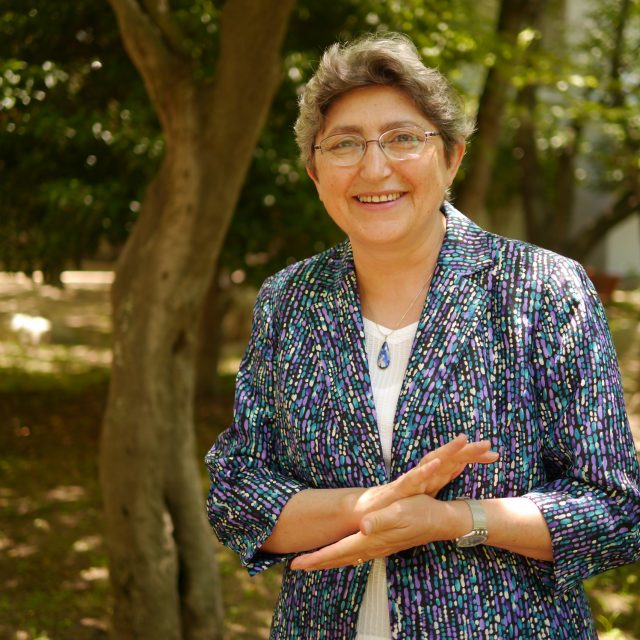
Roumiana Tsenkova
Bio
Leading edge of science
-
Mutsuo IwamotoKagoshima Prefectural Food Technology Development Center, Japan
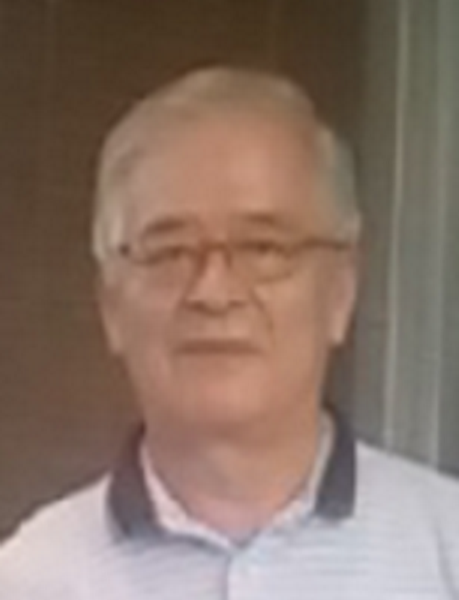
-
Yukihiro OzakiKwansei Gakuin University, Japan
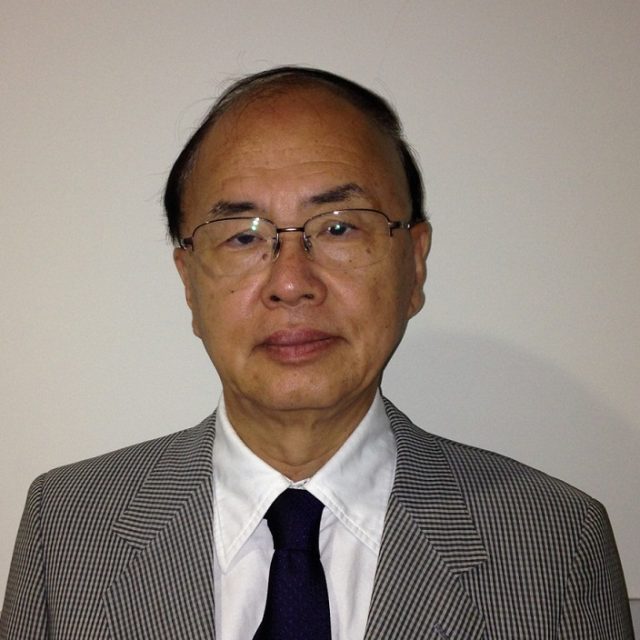
-
Masato YasuiKeio University, Japan
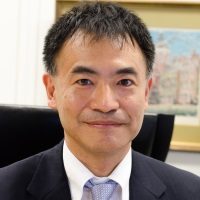

Mutsuo Iwamoto
Bio
Mutsuo IWAMOTO
Kagoshima Prefectural Food Technology Development Center, Japan
POSITION
Former Director general, Kagoshima Prefectural Food Technology Development Center, Japan
BIOGRAPHY
1962-1996 : Undergraduate, Department of Agricultural Engineering, Faculty of Agriculture, Kyushu University
1966-1968 : Master Course (Agricultural Engineering), Kyushu University
1968-1973 : Research Assistant, Department of Agricultural Engineering, Kyushu University Engineering, Kyushu University
1973-1993 : Researcher, National Food Research Institute, MAFF
1993-1996 : Principal National Program Stuff, Secretariat of Agriculture, Forestry and Fisheries, Research Council, MAFF
1996-1997 : Research Coordinator, Japan Agricultural Research Center, MAFF
1997-1997 : Vice-Director General, Japan Agricultural Research Center, MAFF
1997-1998 : Vice- Director General, Tohoku Regional Office of MAFF
1998-2000 : Director General, Tokai Regional Office of MAFF
2000-2001 : Research Counselor, Secretariat of Research Council for
Agriculture, Forestry and Fisheries, MAFF
2001-2003 : Director General, Secretariat of Research Council for
Agriculture, Forestry and Fisheries, Ministry of Agriculture, Forestry and
Fisheries, MAFF
2003-2005 : Director General, Japan International Research Center for Agricultural Sciences, JIRCAS
2005-2012 : Board Chair, Japanese Society of Techno-innovation for
Agriculture, Forestry and Fisheries, STAFF
2015 – present : Director general, Kagoshima Prefectural Food Technology Development Center

Yukihiro Ozaki
Bio
Yukihiro (Yuki) Ozaki received his Ph.D. in 1978 from Osaka University. He joined Kwansei Gakuin University in 1989. Since 1993 he was a professor in School of Science and Technology until the end of March, 2018. Currently, Ozaki is a professor emeritus of the university. He has guest professor or scientist positions at Kobe University, Fukui University, Riken and Toyota Physical and Chemical Research Institute.
Yuki is involved in studies of a wide range of molecular spectroscopy, covering from far-ultraviolet to far-infrared/Terahertz spectroscopy and also Raman spectroscopy. He is a rather rare scientist who has been concerned with both electronic spectroscopy and vibration spectroscopy.
Yuki has been Fellow of Royal Society of Chemistry, Japan Chemical Society, and Society of Applied Spectroscopy. He received several awards including, Bomem-Michelson Award (2014), Chemical Society of Japan Award (2017), The Medal with Purple Ribbon (2018), Pittsburg Spectroscopy Award (2019), and Charles Mann Award (2020).

Masato Yasui
Bio
Professor and Chair, Department of Pharmacology
Keio University School of Medicine, Tokyo Japan
1989 Medical License (M.D.), Graduated from Keio University School of Medicine (Tokyo, Japan)
1992 Clinical Resident of Pediatrics, St. Luke’s International Hospital, Tokyo, Japan
1992 Clinical Fellow of Neonatolgy, Tokyo Women’s Medical University, Tokyo, Japan
1997 Postgraduate Student, Dept. of Woman and Child Health, Pediatric Unit, Karolinska Institute, Stockholm, Sweden (Prof. Anita Aperia) (Doctor of Philosophy)
1997-2000 Postdoctoral Research Fellow, Dept. of Biological Chemistry, Johns Hopkins Univ. School of Medicine, Baltimore, USA (Prof. Peter Agre)
2001- Assistant Professor, Depts. of Pediatrics and Biological Chemistry, Johns Hopkins School of Medicine, Baltimore, Maryland, USA
2006 Professor and Chair, Department of Pharmacology, Keio University School of Medicine, Tokyo Japan
Further developments
-
Christian HuckLeopold-Franzens University, Austria
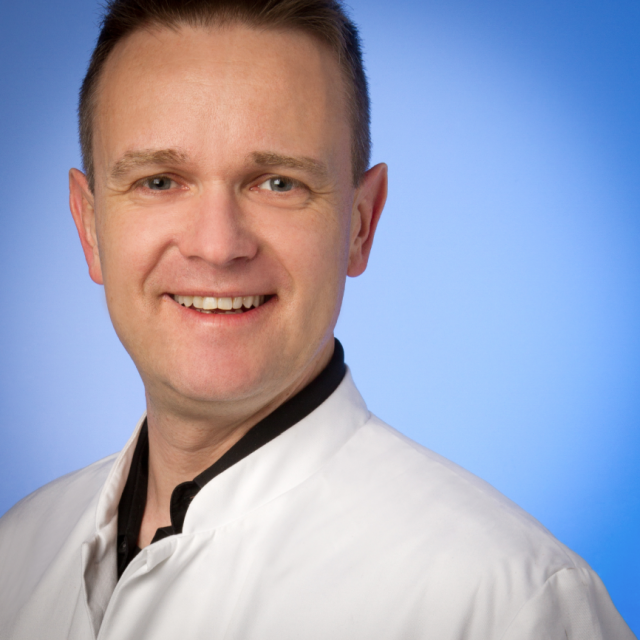
-
Shogo ShigeokaShigeoka Co., Ltd, Japan
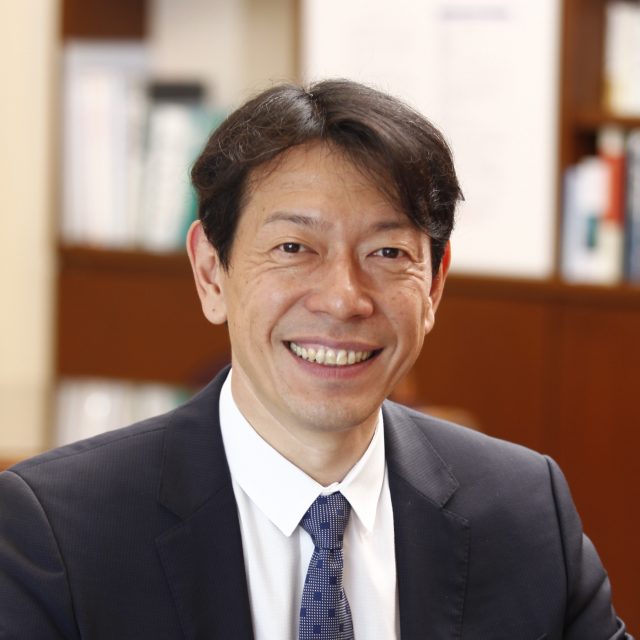
-
Jelena MuncanKobe University, Japan
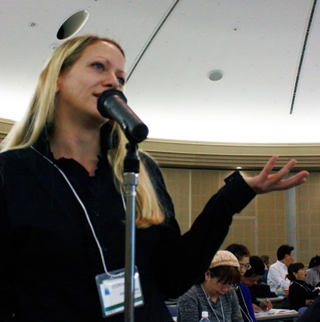

Christian Huck
Bio
Christian Huck obtained his doctorate in chemistry in 1998 from the University in Innsbruck, Austria, where he continued to work as an assistant professor until the habilitation in 2006. In 2013, he received a call as a full professor to the University of Stuttgart, Germany and in 2015, another call back to the University of Innsbruck, where he is currently vice-head of the Institute of Analytical Chemistry and Radiochemistry and head of the spectroscopy unit. From 2014 until 2017 he was a visiting professor at Kwansei-Gakuin University in Sanda, Japan, in the laboratory of Professor Yukihiro Ozaki. Christian has published more than 300 peer-reviewed manuscripts resulting in an h-index of 52 based on more than 10000 citations. Beside several numerous awards he was also the receiver of 2018 Tomas Hirschfeld Award. In his research he is mainly focusing on vibrational spectroscopic technologies (NIR, MIR, Raman) for life and material science in combination with separation technologies. Currently, he is editor-in-chief for Spectrochimica Acta A (Elsevier) and NIR news (Sage) as well as associate editor for several analytical journals including JNIRS.

Shogo Shigeoka
Bio
Shogo Shigeoka, born in 1967, is the president of Shigeoka Co., Ltd. He has been involved in the operation of the natural hot spring facility “Yunosato” since he was a student at Kinki University and was later appointed as president in 2015. Since 2011, he and his company have been collaborating with Kobe University to research the three types of waters, each with their own characteristics, that spring up at “Yunosato”; we call these waters “Gold Water,” “Silver Water,” and “Bronze Water.” Shigeoka has continued to collaborate and support the water molecule research and data analysis. After 10 years of revolutionary research progress with the university, in 2020 Shigeoka Co., Ltd. constructed the world’s first of it’s kind, research and development facility “Yunosato Aquaphotomics Lab.” Shigeoka built this facility to create a space where we can utilize the knowledge acquired through the joint research as well as further deepen our understanding and inspire product development. “Yunosato Aquaphotomics Lab” will continue to apply aquaphotomics to analyze biological systems. Currently, water extracted from plants and foods, which we call biofunctional water, is analyzed to reveal it’s characteristics and functionality as we also investigate it’s potential by blending the biofunctional waters with the “Yunosato” waters.

Jelena Muncan
Bio
Jelena Muncan is currently working on development of aquaphotomics as a science and a technological platform for a multitude of measurement applications in various fields. She is based in Biomeasurement Technology Laboratory, Graduate School of Agricultural Science, Kobe University, Japan headed by the aquaphotomics founder – Prof. Dr Roumiana Tsenkova.
She received her Ph.D. diploma in Biomedical Engineering at Faculty of Mechanical Engineering, University of Belgrade in 2014, where she also started her research and teaching career (2008), later being promoted to an assistant (2014) and assistant professor (2017). She spent two years as a postdoctoral research fellow of Japanese Society for Promotion of Science, in Biomeasurement Technology Laboratory, Kobe University until 2019, when she decided aquaphotomics is to become her main field of work.
Her research is directed at reaching better understanding of structure of water in aqueous and biological systems and their resulting properties and functionality, thus providing a common platform for development of novel non-destructive, non-invasive measurement and monitoring technologies, advancing towards the development of bio-photomodulation strategies based on water-light interaction.
Conference Day 2 (March 21, 2021)
From water structure and spectral patterns to diagnostics
-
Xueguang ShaoNankai University, China
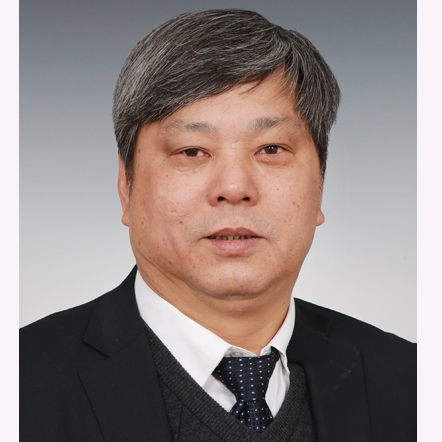
-
Carrie VanceMississippi State University, USA
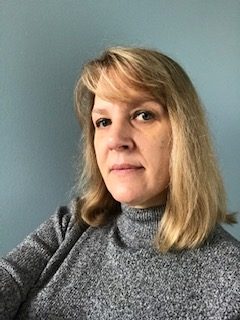
-
Mariana Santos-RiveraMississippi State University, USA
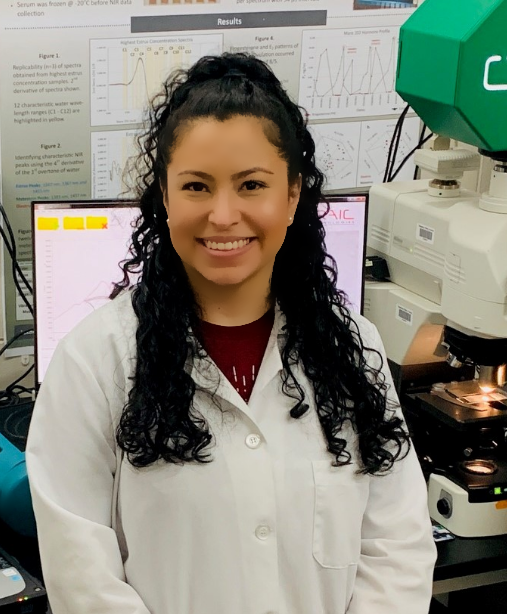

Xueguang Shao
Bio
Xueguang Shao is a professor of analytical chemistry in Nankai University, the director of the Tianjin key laboratory of bio-sensing molecular recognition. He got The Ministry of Education Award for Young Teachers in 2002, Natural Science Foundation Outstanding Youth Fund in 2003, the special allowances of the state council in 2012, and the Lu Wanzhen Award of CCNIRS (China Council of Near Infrared Spectroscopy) in 2018.
The main research area of Prof. Shao is chemometrics and its application in analytical chemistry. Since the 90s of the last century, he has engaged in the studies of near infrared spectroscopy. He developed a series of chemometric methods for NIR spectral analysis, including the methods for spectral pre-processing, outlier detection, variable selection, and the methods for quantitative and discrimination analysis. Great efforts were made for selection of the informative variables from the NIR spectra. Aiming at the problem of low sensitivity of NIR spectroscopy, works for the micro-analysis were conducted based on the combination of chemometric and experimental strategies. In recent years, temperature dependent NIR spectroscopy was proposed and new applications were explored. Besides the theoretical studies, Prof. Shao also developed new techniques for practical applications of NIR spectroscopy, such as the technique for monitoring the industrial production and the method for fast identification of medicines.

Carrie Vance
Bio
Carrie Vance obtained advanced degrees in chemical physics and biophysics from Caltech and Johns Hopkins University where she specialized in NMR and EPR spectroscopy applied to chemical and enzymatic reaction dynamics. With an interest in how spectroscopic approaches could be applied to larger systems with more biological focus, she joined the Biophotonics program at MSU to develop modes of using spectroscopy and chemometrics to assess animal and plant physiology. In this context, her research has expanded into applications of NIR spectroscopy to aspects of metabolism, endocrinology and reproduction, chemical communication and disease across numerous taxa.

Mariana Santos-Rivera
Bio
Mariana Santos-Rivera was born in the beautiful country of Colombia. She holds a Veterinary Medicine degree from the University of Tolima. In 2010 during her first job at the Scientific Research Center Caucaseco, she worked in preclinical trials to develop malaria vaccines. The malaria research and her ability to communicate in English linked her to her second job, in the Albert and Vivian Puzey Foundation (Quantaspec, Inc.) located in Vermont, USA. There she worked on developing new diagnostic methods for malaria using Fourier Transform Infrared (FTIR) Spectroscopy. That is where her passion for IR techniques started and motived her to look for her next opportunity in 2013 at the National Coffee Research Center in Colombia. She worked with Near-Infrared Spectroscopy (NIRS) and learned to perform advanced Chemometric analyses, which in 2017 led her to pursue her current biochemistry doctoral studies at Mississippi State University.
Since 2018 at MSU, Mariana has been testing NIRS and Aquaphotomics to create the biochemical profiles from the animal and plant pathogens: Bovine Herpesvirus type 1, Bovine Respiratory Syncytial Virus, Mannhemia haemolytica, Xanthomonas citri pv. malvacearum, and Rhizoctonia solani. Her ultimate goal is to create the basis for a portable, fast, non-destructive, and accurate diagnosis tool able to reduce the current time and costs required for the detection and identification of pathogens, which are determinant in the infection-related mortality rates and diseases spreading.
Personal websites:
https://orcid.org/0000-0002-3356-6276
https://www.linkedin.com/in/mariana-santos-rivera-12434a45/
https://www.researchgate.net/profile/Mariana-Santos-Rivera
Quantum brain dynamics – role of water

Jack Tuszyński
Bio
Professor Jack Tuszyński obtained his Ph.D. in condensed matter physics in 1983 from the University of Calgary. From 1983 to 1988 he was a faculty member at the Department of Physics of the Memorial University of Newfoundland. He moved to the University of Alberta in 1988 as an assistant professor, between 1990 to 1993 he was an associate and then full professor at the Department of Physics until now. Between 2005 and 2020 he held the prestigious Allard Chair in Experimental Oncology at the Cross Cancer Institute. He was also a Fellow of the National Institute for Nanotechnology of Canada. Dr. Tuszyński held visiting professorship and research positions in China, Germany, France, Israel, Denmark, Belgium and Switzerland. He has published over 500 peer-reviewed journal papers, and 12 books. He delivered almost 400 scientific talks at conferences on five continents, half of which were invited presentations. He submitted 21 patent applications and obtained 4 patents in the USA, South Korea, Japan and Singapore. His research has been supported by over 100 research grants from Canadian, US and European funding agencies. He is on the editorial board of almost 30 international journals including the Journal of Biological Physics. He is an Associate Editor of The Frontiers Collection at Springer-Verlag, Heidelberg. The major thrust of his computational biophysics group is in silico drug design for cancer chemotherapy applications.
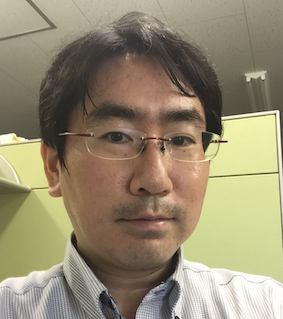
Akihiro Nishiyama
Bio
Akihiro Nishiyama graduated from Keio University in 2005. He entered the
graduate school of University of Tokyo, and learned quantum field theory (QFT)
to study Quark-Gluon Plasma in nuclear physics. He received a Ph.D. in 2010
with the thesis “Kadanoff–Baym theory for Thermalization of Quantum Fields”.
His research is about non-equilibrium QFT using the Kadanoff-Baym equation.
He is a post-doctoral researcher in Kobe University. His current project is to
study QFT of the brain, Quantum Brain Dynamics (QBD), especially nonequilibrium
memory formation processes in numerical simulations.
Recent articles:
Akihiro Nishiyama, Shigenori Tanaka, and Jack A. Tuszynski, “Non-equilibrium
Quantum Brain Dynamics II, Formulation in 3+1 dimensions”, Physica A:
Statistical Mechanics and its Applications, 567 (2021) 125706.
https://www.sciencedirect.com/science/article/pii/S0378437120310049
Akihiro Nishiyama, Shigenori Tanaka, and Jack A. Tuszynski, “Non-
Equilibrium Quantum Brain Dynamics, Super-Radiance and Equilibration in
2+1 dimensions”, Entropy 2019, 21(11) 1066.
https://www.mdpi.com/1099-4300/21/11/1066
Akihiro Nishiyama, Shigenori Tanaka, and Jack A. Tuszynski, “Non-
Equilibrium Quantum Electrodynamics in Open Systems as a Realizable
Representation of Quantum Field Theory of the Brain”, Entropy 2020, 22(1) 43.
https://www.mdpi.com/1099-4300/22/1/43
Water as a part of biological processes
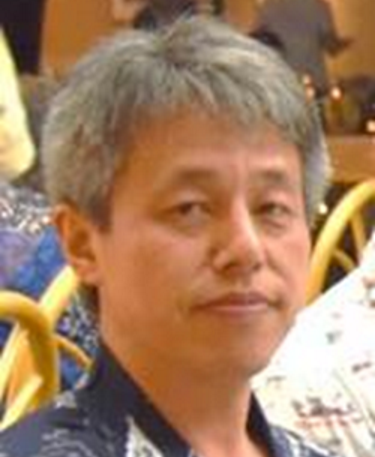
Tsutomu Uchida
Bio
Associate Professor at Division of Applied Physics, Faculty of Engineering, Hokkaido University. He was born in Tokyo in 1964. He received his B. Eng. (1988), M. Eng. (1990), and D. Eng. (1993) degree from Hokkaido University (he studied about air-hydrate crystals in Antarctic ice). He served as a postdoctoral fellow of science and technology, the Science and Technology Agency (now the Ministry of Education) in 1992-1994 to study about the CO2 sequestration in deep sea by gas hydrates. In 1994-2004, he worked in the National Institute of Advanced Industrial Science and Technology (now AIST) to study about the resource development of CH4 hydrate. Then he has been working in Hokkaido University since 2004. H2O science has always been the center of his interest, such as cryobiology, ultrafine bubbles, ice and gas hydrates.
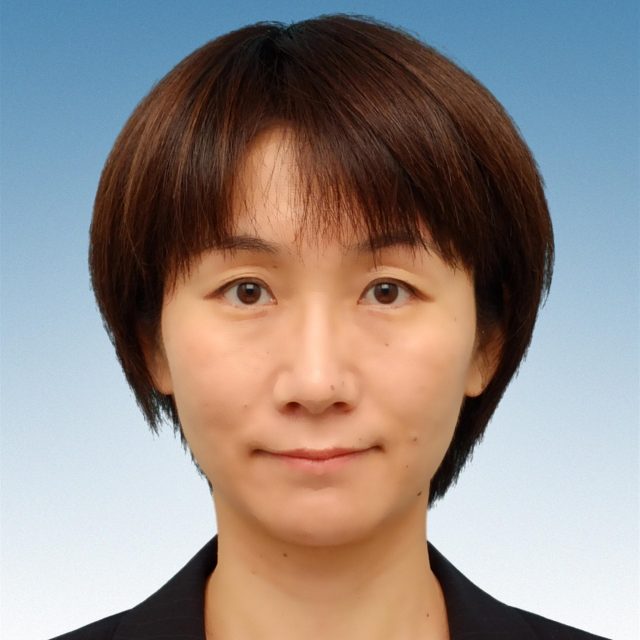
Mika Ishigaki
Bio
Mika Ishigaki is an assistant professor in Faculty of Life and Environmental Sciences, Shimane University, Japan. She was selected as an Excellent Young Researcher in 2018 by Ministry of Education, Culture, Sports, Science and Technology, Japan. Ishigaki obtained Ph.D. in the field of elementary particle physics in 2006, and her present research has been active in the application of Raman and near-infrared spectroscopies to biology. She is especially interested in the development of new methods to evaluate the life activity using vibrational spectroscopies from the point of water structure.
Hydration & interfacial water
-
Masaru TanakaKyushu University, Japan
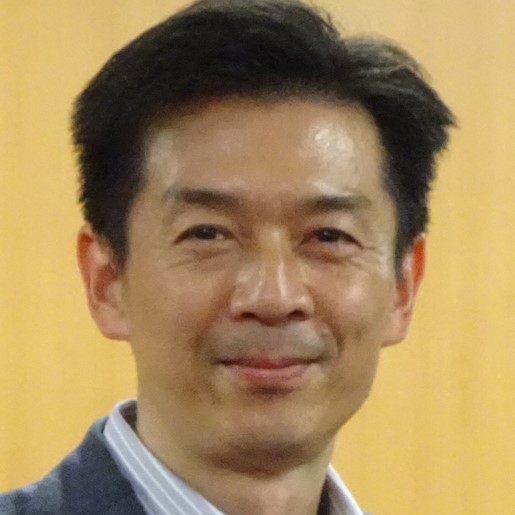
-
Masato TakeuchiOsaka Prefecture University, Japan
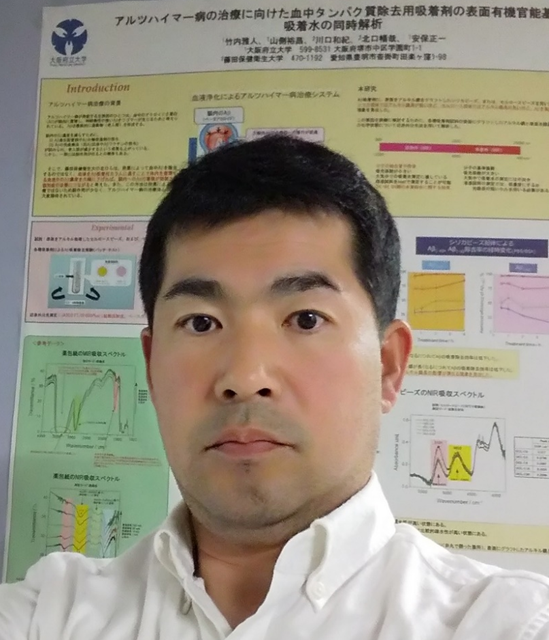
-
Tomohiro HayashiTokyo Institute of Technology, Japan
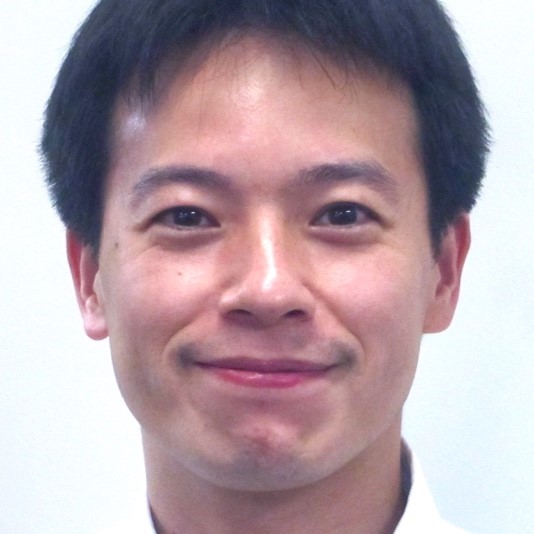
-
Yusuke MorisawaKindai University, Japan
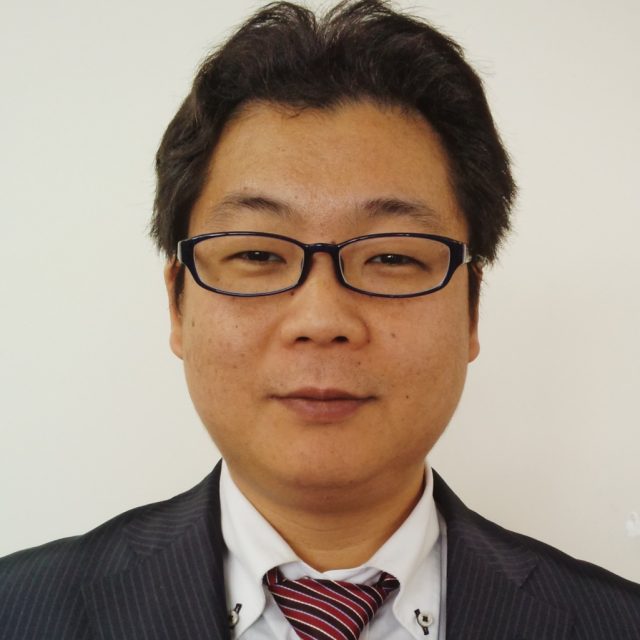

Masaru Tanaka
Bio
Masaru Tanaka is a professor at Kyushu University. In the period of 1996-2000 he worked for TERUMO Co. and designed novel biocompatible polymers and commercialized as an artificial lung. In 2000 he moved to Hokkaido University and in 2007 he moved to Tohoku University. Stents covered with the self-organized porous 3D films are commercially available in the world clinical market. In 2009 he was awarded a full professorship at Yamagata University. He became a leader of Funding Program for Next Generation World-Leading Researchers (NEXT Program, Japan 2011-2014). He has received several awards, including the SPSJ Asahi Kasei Award for his intermediate water concept based on the role of interfacial water at materials’ interphases. Intermediate water content is a good predictor of biological responses to materials and is using for high-through put materials discovery.
Masaru Tanaka
Professor, Dr.
Institute for Materials Chemistry and Engineering, Kyushu University, Fukuoka,
819-0395, Japan. HP Web: http://www.soft-material.jp/

Masato Takeuchi
Bio
Masato TAKEUCHI
Associate Professor, Department of Applied Chemistry, Graduate School of Engineering
Osaka Prefecture University, Osaka Japan
Educational and Work Backgrounds
1997 Bachelor degree, Osaka Prefecture University
1999 Master degree, Osaka Prefecture University
2002 PhD degree, Osaka Prefecture University (Investigations on the Preparation of TiO2 Thin Film Photocatalysts Reactive to Visible Light Irradiation by Applying Ion Engineering Techniques)
2002−2004 JSPS Postdoctoral Researcher
2003 Postdoctoral Researcher, Torino University, Italy (Prof. Salvatore Coluccia, Prof. Gianmario Martra)
2004 Research Associate, Osaka Prefecture University
2007 Assistant Professor, Osaka Prefecture University
2010 Associate Professor, Osaka Prefecture University
Research Subjects
Mid-IR and Near-IR spectroscopies for surface science:
Adsorption species, such as H2O, NH3, hydradine, alcohols, and etc., on catalysts
Mechanisms for chemical reactions involving water molecules
Development of photocatalysts and adsorbents for efficient removal of VOCs
Current Office
Department of Applied Chemistry, Graduate School of Engineering, Osaka Prefecture University
Address: 1-1, Gakuen-cho, Naka-ku, Sakai, Osaka 599-8531 Japan
E-mail: masato-t@chem.osakafu-u.ac.jp
Phone: +81-72-254-9287, FAX: +81-72-254-9910

Tomohiro Hayashi
Bio
Tomohiro Hayashi received his Ph.D. degree in 2003 from Ruprecht-Karls-Universität Heidelberg. He joined Tokyo Institute of Technology in 2003 as a postdoc and was promoted to an associate professor in 2010. His specialist areas are surface and interface science, scanning probe microscopy, materials informatics, and computer simulations. He has been awarded 11 academic prizes, including the Asahi Kasei award of the Society of Polymer Science, Japan (2011). A summary of his activities is given at http://lab.spm.jp/. (tomo@mac.titech.ac.jp)

Yusuke Morisawa
Bio
Yusuke MORISAWA, Associate Professor at the Department of Chemistry, School of Science and Engineering, Kindai University, was born in 1975 in Kyoto, Japan. He received his Bachelor degree in 1998 from Kwansei Gakuin University, as well as Master (2000) and Doctor (2005) of Science degrees from Kyoto University. He sereved as a Postdoctral fellow of Institute of Atomic and Molecular Sciences, Academia Sinica, Taiwan (2005-2007), and Kwansei Gakuin University (2007-2012), and Lecturer (2012-2016) and Associate Professor (2016-) in Kindai University, Osaka, Japan. He received the Japan Society for Analytical Chemistry Award for Advanced Analytical Technology (JAIMA Award) in 2011 and the Spectroscopic Society of Japan Award for Young Scientist in 2013. His current research interest is molecular spectroscopy and its analytical applications in the region from THz to FUV.
Aquaphotomics for food quality control
-
Tiziana Maria CattaneoUniversity of Milan, Italy
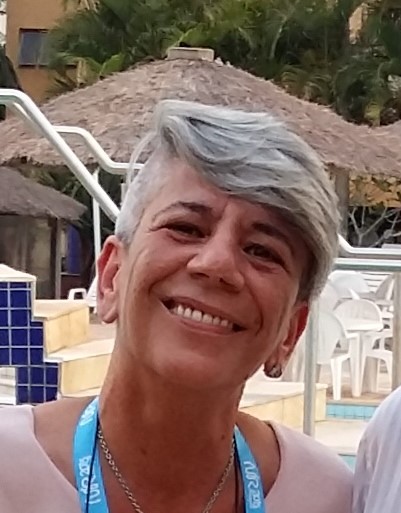
-
Stefka AtanassovaTrakia University, Bulgaria
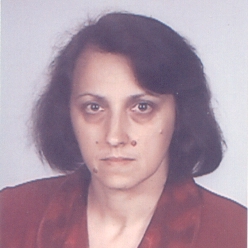
-
Zoltan KovacsSzent István University, Hungary
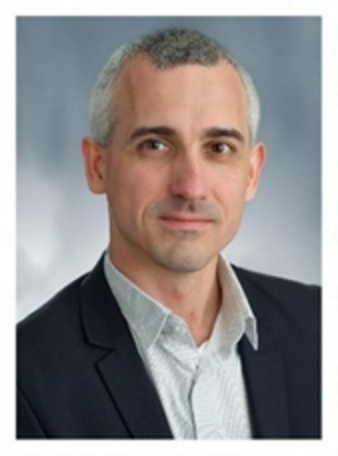
-
Harpreet KaurPlant and Food Research, New Zealand
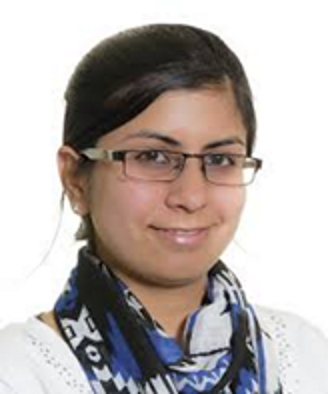

Tiziana Maria Cattaneo
Bio
Institution
CREA: Council for Agricultural Research and Economics, Via Po 14 – Rome 00198, Italy
Present position
Research Manager, degree in Food technology, University of Milan, Italy
Skills
Technologies of food processes
Processes, packaging and storage of food products
Planning, level of applicability, means and resources to employ for the improvement of agriculture and the food processing
Hygiene, HACCP and Quality
Non-destructive analysis (IR and NIR Spectroscopy)
Sustainable process technologies
Recent National And International Activities
Since 2015 Expert of the National Agrofood CLuster (CLAN)– Item 5: Agrofood plants
Since 2012 Member of the International Institute of Refrigeration (IIF-IIR)
2011–2012 Secretary of the 5th Italian Symposium of NIR Spectroscopy. NIR Italia 2012, Agripolis, Legnaro, Padua, September 26-28, 2012.
May 2010 – October 2016, President of the Italian Society for Near InfraRed Spectroscopy (SISNIR)

Stefka Atanassova
Bio
Professor in department of physics at Trakia University, Stara Zagora, Bulgaria. She received master degree in physics in Plovdiv University, Bulgaria, 1979 and PhD degree in 1992 – ‘Application of Near infrared spectroscopy for estimation of feeding values of forages”. Specialization in Kobe University 1997-1998.
Field of research: Near infrared spectroscopy. Application of NIRS for determination of chemical composition and nutrition value of different feed and forages, analysis of soil, meat, milk and dairy products; diagnosis of mastitis in cows; detection of bacterial contamination of bio-fluid and food products, aquaphotomics approach in food analysis.

Zoltan Kovacs
Bio
Zoltan Kovacs currently works as an associate professor at the Department of Measurements and Process Control and serves as an advisor of international affairs at the Institute of Food Science and Technology, Hungarian University of Agriculture and Life (formerly called Szent Istvan University, before Corvinus University of Budapest). He received his Ph.D. diploma in Food Science at Corvinus University of Budapest in 2012 and completed his habilitation in the field of Food Science in 2018 at Szent Istvan University. His original scope of research is the application and development of machine sensing systems, with a major focus on the electronic tongue, its related measurement protocol and data evaluation techniques. He spent three years as a postdoctoral research fellow at Kobe University, Japan between 2013 and 2016 working in the field of aquaphotomics. Since he returned to Hungary after his postdoctoral period, he has been also working with the near infrared spectroscopy (NIRS) and aquaphotomics besides his original field of research. He has been working with these novel measurement techniques primarily in the field of food science to detect food fraud and measure food quality. Currently, Dr. Kovacs collaborates and leads different national and international research projects and he also functions as the European liaison for the international aquaphotomics society.

Harpreet Kaur
Bio
Dr. Harpreet Kaur is a research scientist in the Applied Sensors Team of Plant and Food Research, New Zealand. Her research work focusses on optical spectroscopy in horticulture, particularly the use of near- and mid- infrared spectroscopy for measurement of fruit and fruit juice properties.
Harpreet was born and educated in India, graduating with an ME degree in Electronics in 2014, before studying in NZ and gaining a Ph.D. in 2020 from the University of Waikato. Her PhD work focused on investigating Aquaphotomics for fruit quality assessment using near infrared spectroscopy (NIRS). The research resulted in a number of publications in peer-reviewed journals and conferences. During her PhD studies she also received the prestigious Three Minute Thesis (3MT) award from her university and subsequently was a semi-finalist in the 3MT Asia Pacific 2017 competition held at the University of Queensland, Australia.
Water structure – new insights & implications
-
Christina TonauerUniversity of Innsbruck, Austria
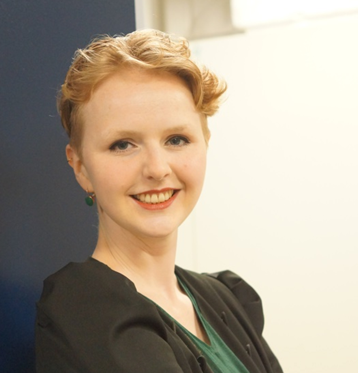
-
Justyna GrabskaUniversity of Innsbruck, Austria
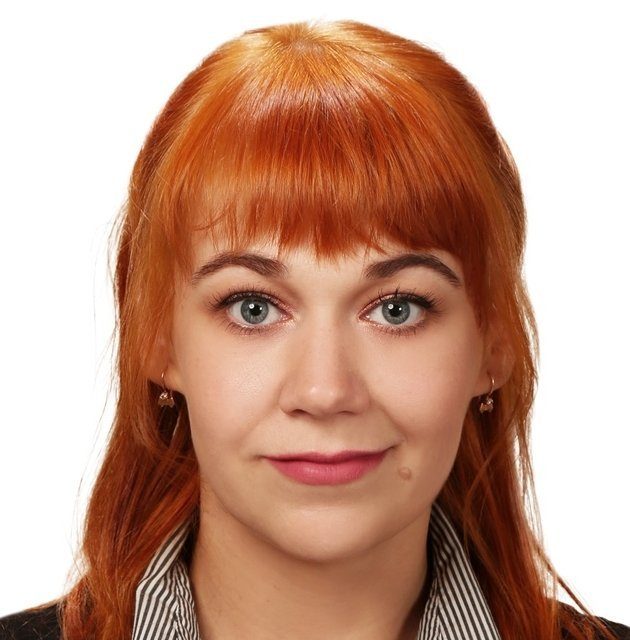
-
Herman OfferhaousUniversity of Twente, Netherlands
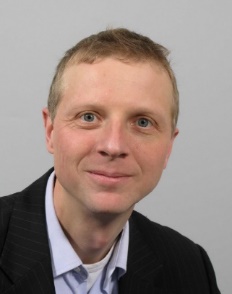
-
Nystha BaishyaUniversity of London, UK
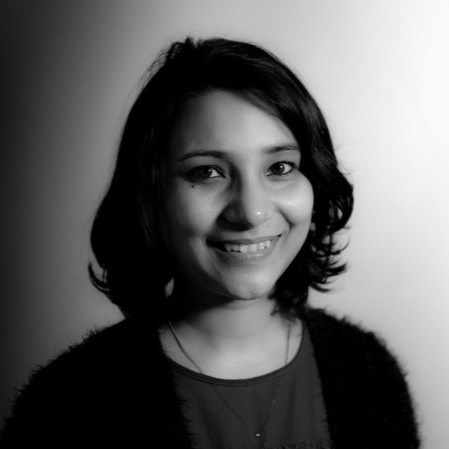

Christina Tonauer
Bio
Christina Maria Tonauer is a PhD candidate in the research group of Thomas Loerting at the Institute of Physical Chemistry, Leopold-Franzens University, Innsbruck, Austria. During her Master’s studies, she focused on synthesis, crystallization and characterization of high-density amorphous ice (HDA). Her thesis “Glassy Nuclei in Amorphous Ice – Novel Evidence for the Two-Liquids Nature of Water” was awarded by Springer and appeared in the Springer Spektrum series “BestMasters”. C.M.T. is a recipient of a DOC fellowship of the Austrian Academy of Sciences ÖAW. Her PhD project covers NIR spectroscopy and chemical reactivity in/of crystalline and amorphous high-pressure H2O-ices.

Justyna Grabska
Bio
Justyna Grabska obtained her doctorate (2015) in Physical and Theoretical Chemistry from University of Wroclaw, Poland. Her thesis focused on developing new methods of analysis of vibrational spectra and physical chemistry. She expanded her research field into analytical spectroscopy after joining Prof. Christian W. Huck team as a postdoctoral fellow at University of Innsbruck, Austria. She then worked in Professor Yukihiro Ozaki group (Kwansei Gakuin University, Japan) as a postdoctoral researcher, where she focused on computational NIR spectroscopy and its applications to biomolecules. Afterwards, Dr. Grabska rejoined Prof. Christian W. Huck laboratory, where she currently continues her work in advancing analytical NIR spectroscopy. Her primary contribution to scientific advance is the development of new methods of analysis of NIR spectra based on the methods of computational chemistry. She uses these tools for pursuing answers on the fundamental questions in NIR spectroscopy.

Herman Offerhaous
Bio
Dr. Offerhaus received his masters degree in 1993 from Delft University of Technology (NL) and obtained his PhD in 1997 in laser physics from the University of Twente (NL). Since then he has worked on fiber lasers, nonlinear conversion, vibrational imaging, medical/pharmaceutical analysis, plasmonics, Fourier optics, molecular spectroscopy, holography, gyroscopes, dielectric sensing, optical sensors and microfluidics. In 2002 he joined the Optical techniques group in Twente and in 2016 became the chair of the Optical Sciences group. For the last 10 years a substantial effort has been devoted to the use of integrated photonic circuits for sensing, specifically the use of the SiN platform. In Twente he teaches courses on electromagnetism, optics and general physics. He has published more than 125 papers in refereed journals, holds 4 patents and chairs the Atomic Molecular and Optical physics division of the Dutch national physics organization.

Nystha Baishya
Bio
Nystha Baishya is a Post-Doctoral Researcher at the Research Centre for Biomedical Engineering at City, University of London; from where she received her PhD in Biomedical Engineering in 2020. Prior to that, she obtained her MSc in Materials Engineering and Nanotechnology from Politecnico di Milano, Italy in 2015 and BE in Mechatronics from Manipal Institute of Technology, India in 2012. She specializes in Optical Spectroscopy for identification and determination of biomarkers predominantly related to cardiovascular diseases. She has used Aquaphotomics extensively in her research for both in-vitro and in-vivo detection of lactate/lactic acid in blood.
Conference Day 3 (March 22, 2021)
Water & other biomolecules
-
E. Aníbal DisalvoNational University of Santiago del Estero, Argentina
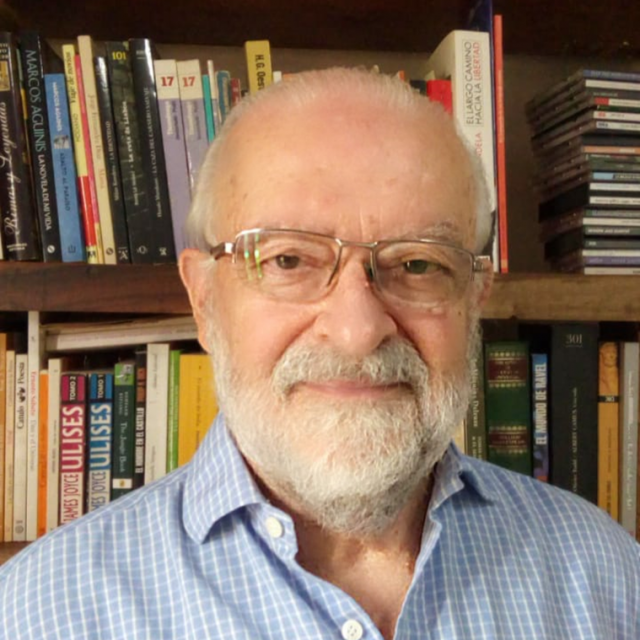
-
Jorge J. WenzUniversidad Nacional de Sur, Argentina
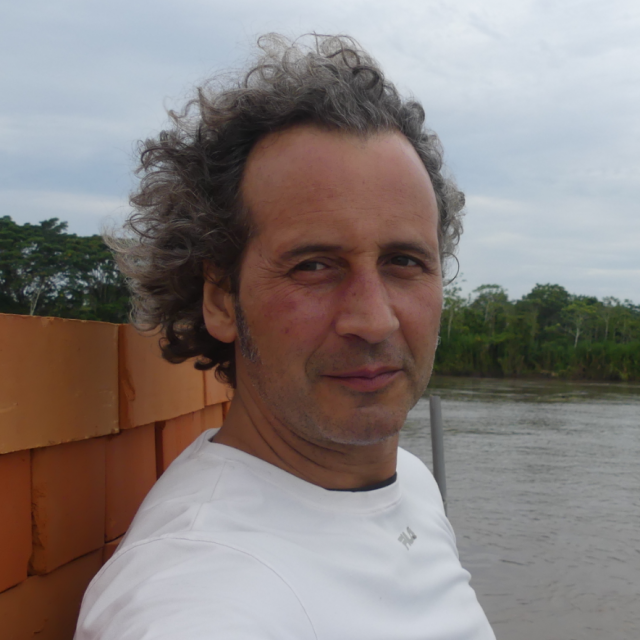
-
Hengchang ZangShandong University, China
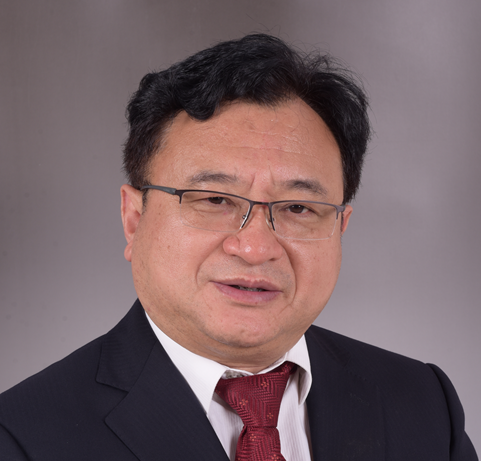
-
Sae TanakaKeio University, Japan
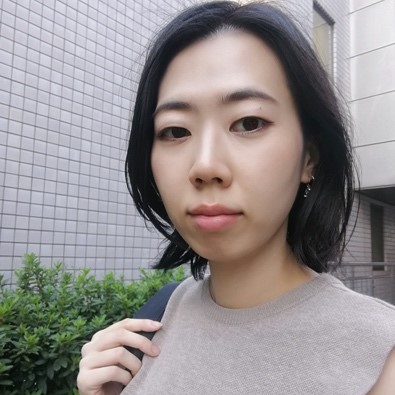

E. Aníbal Disalvo
Bio
Main research field: To analyze the structural and dynamical properties of lipid interphases in relation to the water distribution in specific sites, its relevance to membrane stability and permeability of cell in osmotic and hydric stress, and the regulation of enzyme activity by FTIR spectroscopy, cyclic voltammetry, dipole potential and surface pressure of monolayers, espectrofluorescence and stop flow kinetics are the main experimental tools together with molecular simulation.
Academic formation: Doctor in Sciences (Physical chemistry), 1974 National University of La Plata, Argentina. Speciality Biophyscial chemistry of lipid membranes and biomimetic systems.
Present position: Superior (emeritus) Researcher of the National Research Council (CONICET, Argentina).
Head of the Applied Biophysical Area, Center of Applied Biophysical and Food research, (UNSE-CONICET, Santiago del Estero, Argentina.
Academic trajectory
Researcher of the National Research Council ( CONICET, Argentina).since 1994.
Associate Professor of Chemistry since 1997, University of Buenos Aires, Argentina.
Full professor since 2015, National University of Santiago del Estero, Argentina.
Advisor of twenty PhD Doctoral thesis in Chemistry and Biochemistry since 1989.

Jorge J. Wenz
Bio
Jorge Wenz achieved its PhD in food chemistry and technology in 1999 at the Universidad Nacional de Sur, Bahía Blanca, Argentina, where he is actually assistant professor. Since its post-doctoral stage at the Instituto de Investigaciones Bioquímicas, CONICET, he is working in biophysics of membranes, dealing with: the architecture of the membranes, their phase behavior, lateral organization and segregation of the lipids and the influence on these properties. These items have been mainly evaluated by means of fluorescence spectroscopic and multivariate analysis. Nevertheless, in the last few years he incorporated near infrared spectroscopy as an innovative tool to examine the water in membranes, since water not only may inform about the neighboring molecules, but also it is a crucial component of membranes by itself, with a role in their structure and functionality.

Hengchang Zang
Bio
Craig Schwartz received his undergraduate degree from Northwestern University (IL, USA) and his Ph.D. in physical chemistry from University of California, Berkeley in 2010. His thesis work focused on theoretical and experimental investigations of liquids using X-ray spectroscopic techniques. He subsequently worked for an insurance company, before returning to science to develop ultrafast X-ray methods for synchrotrons at Argonne National Laboratory. He then became a project scientist at SLAC national lab where he built X-ray spectrometers and worked on ultrafast phenomena. His research is primarily concerned with X-ray spectroscopy and scattering. Primarily, he studies soft matter by spectroscopic means. He is also interested in developing new X-ray spectroscopic methods, particularly methods that require the high fields of X-ray free electron lasers.

Sae Tanaka
Bio
Water structure & hydration
-
Craig SchwartzLawrence Berkeley National Lab, USA
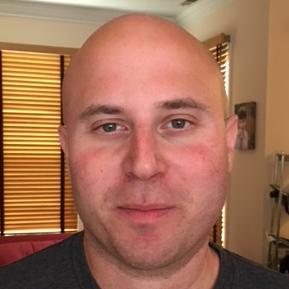
-
Shigeaki MoritaOsaka Electro-Communication University, Japan
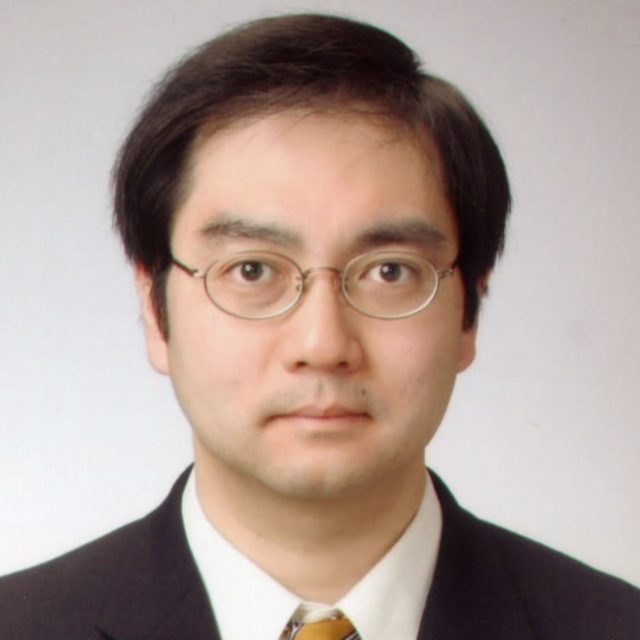
-
Keiichiro ShiragaKyoto University, Japan
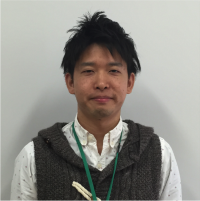
-
Te MaNagoya University, Japan
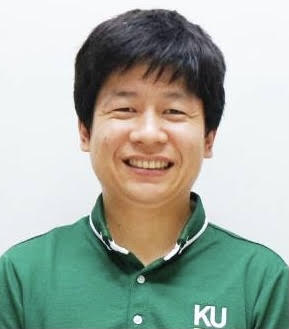

Craig Schwartz
Bio
Craig Schwartz received his undergraduate degree from Northwestern University (IL, USA) and his Ph.D. in physical chemistry from University of California, Berkeley in 2010. His thesis work focused on theoretical and experimental investigations of liquids using X-ray spectroscopic techniques. He subsequently worked for an insurance company, before returning to science to develop ultrafast X-ray methods for synchrotrons at Argonne National Laboratory. He then became a project scientist at SLAC national lab where he built X-ray spectrometers and worked on ultrafast phenomena. His research is primarily concerned with X-ray spectroscopy and scattering. Primarily, he studies soft matter by spectroscopic means. He is also interested in developing new X-ray spectroscopic methods, particularly methods that require the high fields of X-ray free electron lasers.

Shigeaki Morita
Bio
Professor
Osaka Electro-Communication University
Born in 1972 in Tokyo, Japan
Ph.D. (2001), Tokyo University of Agriculture and Technology
2001-2003, Postdoctoral Fellow, Hokkaido University
2003-2007, Postdoctoral Fellow, Kwansei-Gakuin University
2007-2012, Assistant Professor, Nagoya University
2012-2017, present, Associate Professor, Osaka Electro-Communication University
2012-present, Professor, Osaka Electro-Communication University

Keiichiro Shiraga
Bio
Keiichiro Shiraga received his ME (2014) and PhD (2016) degrees from Graduate School of Agriculture, Kyoto University. He was a postdoc at RIKEN Center for Integrative Medical Sciences as a Special Postdoctoral Researcher, and then returned to the Graduate School of Agriculture, Kyoto University as an Assistant Professor in 2020. He has also been working as a PRESTO program “Creating state-of-the-art science by innovative optics and photonics led by Prof. Koichiro Tanaka from 2020 Nov. He mainly engages in terahertz spectroscopy studies to unveil biological roles of water in living cells.

Te Ma
Bio
Te Ma received the B.E., M.E., and Ph.D. degrees from Nagoya University, Japan.
He is currently a designated assistant professor at the Graduate School of Bioagricultural Sciences, Nagoya University. His main research is to develop new optical imaging measurement system and mechanical engineering process for utilization of forest and agricultural products.
Forces shaping the water – beyond sensing to biomodulation
-
Michal CifraInstitute of Photonics and Electronics of the Czech Academy of Sciences, Czechia
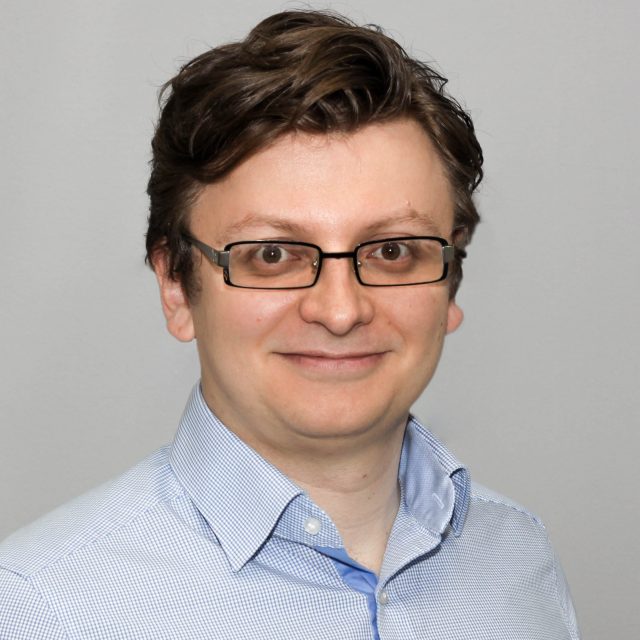
-
Pierre MadlUniversity of Salzburg, Austria


Michal Cifra
Bio
Dr. Michal Cifra, since 2013 head of Bioelectrodynamics research team (Institute of Photonics and Electronics of the Czech Academy of Sciences). PhD. 2009, Radioelectronics, (Czech Technical University in Prague, Czechia), Ing. (MSc.) 2006, Biomedical Engineering (University of Žilina, Slovakia). Apart from ~1 year biophotonics research experience from Germany (RWTH, Aachen / IIB, Neuss), he also gained experience with high frequency bioelectronic interfaces (8 months, University of Chicago, USA).
The mission of Bioelectrodynamics research team is to advance probing and influencing biosystems using an electromagnetic field at the biomolecular level. The vision is to design novel electromagnetic methods for benign and more efficient bio-nanotechnology and medicine to bring us closer to a world where electromagnetic technologies can painlessly prevent, detect and cure diseases.
Personal websites:
http://www.ufe.cz/en/team/bioelectrodynamics
https://www.linkedin.com/in/michal-cifra-5a5a5437
https://www.researchgate.net/profile/Michal_Cifra
Laboratory website and link:
http://bioed.ufe.cz/

Pierre Madl
Bio
Dr. Pierre Madl, originally trained in electrical engineering and later in electronics, worked in this field as a professional for over 10 years. Intrigued by the phenomenon of life he enrolled as a part-time student at universities in Vienna, Salzburg and Brisbane, which in 2003 earned him an MSc in environmental sciences within a joint academic program between the universities “PLUS” of Salzburg (AUT) and “QUT” (Queensland University of Technology), Brisbane (AUS). He then pursued further academic studies in the field of biophysics at PLUS where received his PhD in 2009. Since then, he is a researcher at the environmental radiation lab at that institution and together with a privately operated lab is in the privileged position to convert his expertise gained at PLUS into real prototypes. His expertise ranges from tropical marine ecosystems (particularly scleractinian corals and marine bioerosion) to environmental aerosols (emissions from anthropogenic sources). Since a decade, he extended his expertise, which includes the study of ultra-weak photon emissions from biota as well as the electrodynamic properties of water and its effects on living systems. He is author of more than 50 papers in international journals, book-chapters as well as giving presentations at international scientific gatherings. He also is associate editor of a scientific journal and participates as a reviewer for many scientific manuscripts. Currently he is in charge of two MSc- and one PhD-thesis’
Spectral pattern of biomaterial – water interaction
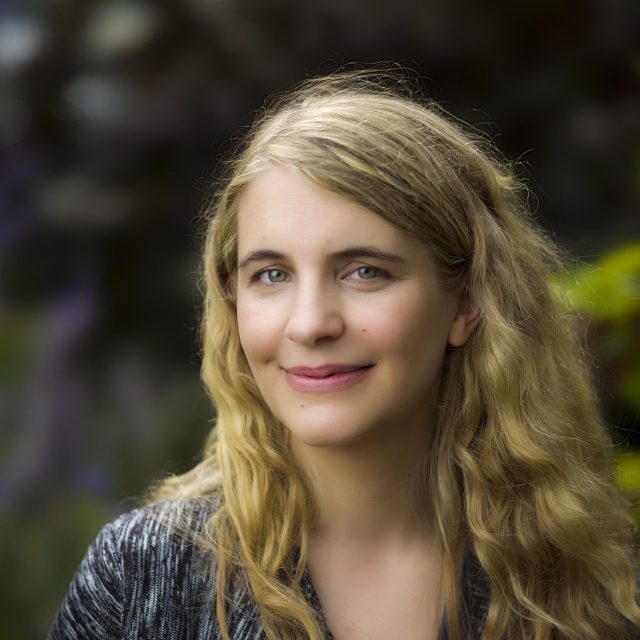
Aoife Gowen
Bio
Aoife Gowen is a Professor in the School of Biosystems and Food Engineering at University College Dublin in Ireland. Her research area is multidisciplinary, involving applications of Spectral Imaging and chemometrics to biological systems, including foods, microbes and biomaterials.
After completing her undergraduate degree in Theoretical Physics in 2000, she moved to the highly applied research area of Food Science. Her PhD thesis, completed in 2006, concerned mathematical modeling of food quality parameters and optimization of food process operations. During her time as a post-doctoral researcher and Marie Curie fellow in Dublin and Kobe University Japan she investigated the intersection of near infrared spectroscopy, imaging and chemometrics for characterization of biological systems.
In 2014 she set up the Spectral Imaging research group in UCD and has expanded her team through EU and nationally funded grants, including European Research Council starting and proof of concept grants. She is editor in chief of the Journal of Spectral Imaging and has developed new research-informed modules in spectral imaging and sensors for undergraduate and graduate students.
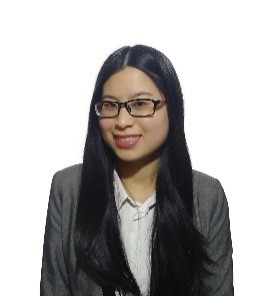
Junli Xu
Bio
Junli Xu is a Post-Doctoral Research Fellow in the School of Biosystems and Food Engineering, University College Dublin, Ireland. Her principal research interest lies in the application of chemical imaging combined with multivariate analysis methods for characterisation of chemical composition and discovering molecular interactions. She received her Bachler degree in Food Engineering (2014), Zhejiang University, China. Her PhD thesis, completed in 2018, focused on the application of hyperspectral imaging on quality control of salmon fillets and development of some original algorithms to improve image analysis. Her ongoing research aims to apply advanced vibrational chemical imaging methods, including near-infrared imaging, Fourier transform near infrared (FTIR) imaging, dark-field microscopy combined with hyperspectral imaging (HSI), Raman imaging, to understand the role of water in key processes of biocompatibility and biofouling.
Spectral preprocessing for Aquaphotomics
-
Jean-Michel RogerINRAe, France
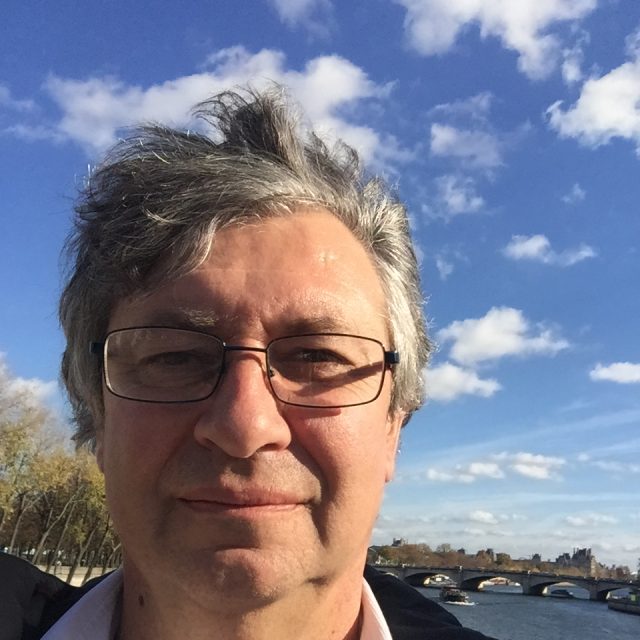
-
Krzysztof BecUniversity of Innsbruck, Austria
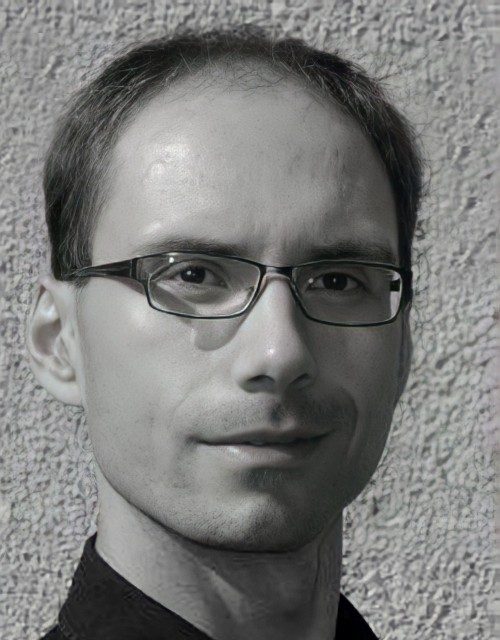
-
Alexandre MalletBioEnTech, France
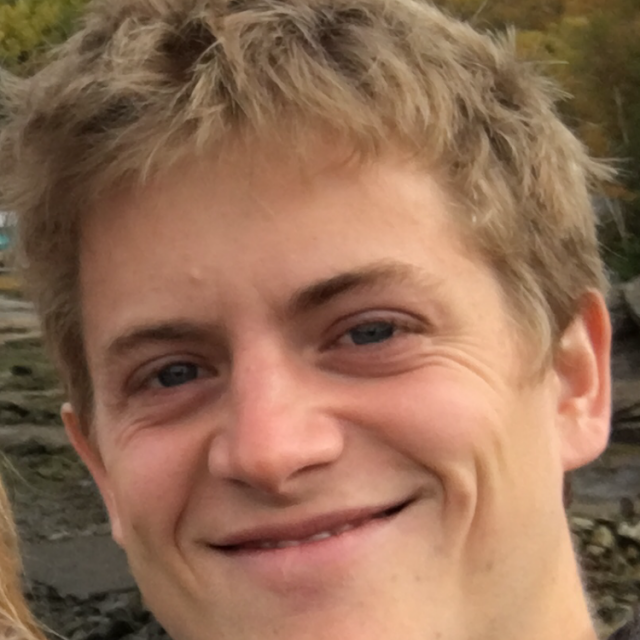

Jean-Michel Roger
Bio
Jean-Michel ROGER received his rural engineer degree in 1990 and his PhD in 1995. Since the 90s he has been conducting research in near infrared spectrometry and in chemometrics. His constant concern is to produce simple and operational solutions to implement NIRS to the problems related to the environment and the agriculture. To make the embedded sensors operational, he initially studied the calibration robustness problems. Together with Tom Fearn he thus promoted orthogonalization methods. These methods are now used in practical applications, as calibration transfer or moisture effect correction in NIR based soil characterization. He also studied the variable selection techniques, dedicated to the specific case of NIRS, which allowed him to develop NIR sensors for the agriculture. In 2016 he received the Tomas Hirschfeld Award from the International Committee of NIR spectroscopy. In 2018, he created the chemometrics research pole ChemHouse, which promotes education, research and cooperation about NIRS and chemometrics (http://chemproject.org).

Krzysztof Bec
Bio
Krzysztof B. Bec obtained his doctorate (2014) in physical and theoretical chemistry from the University of Wroclaw. His research focused on thin-film IR spectroscopy and computational methods. He worked with Professor Yukihiro Ozaki as Postdoctoral Fellow and Research Assistant Professor at Kwansei Gakuin University, Japan; he focused on advancing near-infrared (NIR) spectroscopy and contributed into development of ATR-FUV-DUV spectroscopy and its applications. He continues his work in the field of NIR spectroscopy as FWF Lise Meitner Senior Fellow and Principal Investigator in the group of Professor Christian W. Huck at the University of Innsbruck, Austria. His current research interest focuses on the applications of quantum mechanical methods and artificial intelligence methods in NIR spectroscopy.

Alexandre Mallet
Bio
Alexandre Mallet currently works for BioEnTech, a company specialized in bioprocess monitoring, including anaerobic digestion. He is pursuing his PhD with the French National Institute for Agriculture, Food, and Environment (INRAE) in two different laboratories: the joint research unit of Information, Technology, and Agro-Processes (UMR ITAP) at Montpellier, and the Laboratory of Environmental Biotechnology (LBE) at Narbonne. His research activities are focused on the effects of water on near infrared spectroscopy, and on the development of robust calibrations on complex matter by means of chemometrics.